One of the biggest benefits of responsibly bred dogs is that they are more predictable. But if you’re in the market for such a puppy, so still need to carefully figure out which breed is the best fit for you.
It’s important to refrain from focusing solely on looks. There are many more factors that determine your compatibility. And arguably the biggest one is your experience as an owner.
Luckily, there are many choices and people who can guide you through them. Like dog trainer and content creator Karlee Stark who just released a TikTok mini-series dedicated to helping you make this decision.
More info: KarleeStark.com | Instagram | TikTok
Dog trainer of 10 years Karlee Stark believes that inexperienced first-time owners should be cautious of some breeds due to the engagement they require
Image credits: ksdogtraining
So she made a comprehensive TikTok video listing them and explaining her thoughts
Image credits: Jena Fuller
Image credits: VirtualWolf
Image credits: D. Williams
Image credits: Amanda Wild
Image credits: Aline Scaravelli
We got in touch with Karlee Stark, and she was kind enough to have a little chat with us and provide us with more context on her content. “I was introduced to dog training at eight when my parents decided to start a commercial breeding and training business,” Stark told Bored Panda.
“We worked hard to ensure that every dog sold or came in for training had the best care and attention possible. Because I was involved with most of the dogs that came in for training, I gained lots of experience working with many breeds and learning their differences.”
“Over the years, I have been able to distinguish which breeds I am fond of and which I am not. As well as breeds I see fit for different types of owners. I have also seen how environment, nutrition, and ethical breeding affect how a dog thrives in its life.”
Stark’s clip soon went viral
@ksdogtraining Pt 1 This is my personal opinion as a trainer if 10 years #greenscreen #dogmom #dogmomthings #dogsoftiktok #dogtrainersoftiktok #spoilyourdog #trainingtips ♬ original sound – ksdogtraining
Now, Karlee’s typical day starts with personal care.
“My morning routine gets my head right to tackle any situation. A massive part of it is going to the gym to strengthen my body. Weakness does not go over well when you have a dog that nearly outweighs you trying to eat you for lunch,” she said, highlighting that her strength and ability to handle bad situations affect her ability as a trainer.
Karlee then moves on to working with the dogs she’s training.
“Depending on the dog and how far along they are in their training, I will decipher how often I work with them daily. Some dogs need lots of exercise before they are ready to train, so I ensure they get it before our sessions so they are prepared to learn.”
The training sessions themselves may involve basic obedience, socialization, house training, and anything else the dog may need extra help learning.
Every dog I have the opportunity to train holds a special place in my heart,” Karlee said. “All of them come from different backgrounds and live in different environments. I spend hours on end every day developing personal relationships with these dogs and working on improving their lives.
And people started asking for alternatives to these breeds
Image credits: ksdogtraining
So she rounded up large dogs that she thinks are actually good even for novices
Image credits: Manuel J. Prieto
Image credits: rukasthedog
Image credits: Airwolfhound
Image credits: Denise Santos-Cucalon
Image credits: Barbara Dieu
Picking the wrong breed and then having to give up the pup because it is too much to handle is one of the reasons why approximately 3.1 million dogs enter US shelters every year (although it’s important to highlight that about 710,000 of them end up there due to other reasons and are returned to their owners).
Here are a few questions the American Kennel Club (AKC) recommends asking yourself when determining which dog is the best fit for your lifestyle. (Also, keep in mind that a prospective breeder may ask you these and/or other questions when deciding if your home is right for one of their puppies, so it may be helpful to jot your answers down).
- Are you an active person or more laid-back?
- Do you have children or plan to have children?
- Do you have the income to pay for vet visits (unexpected ones in addition to regular examinations and shots), pet insurance (if you choose to buy it), dog food, supplies, and more?
- How much time do you have to socialize and train a new puppy?
- How long are you away from home each day?
- How often do you take business trips and vacations, and what are your plans for the dog during these times?
It was another hit
@ksdogtraining Replying to @breroses239 #greenscreen Some dogs are the exception! #dogs #dogbreeds #dogtips #pets #dogsoftiktok #dogadvice ♬ original sound – ksdogtraining
Now it’s time to think about what you’re looking for in a dog.
- How much time can you commit to grooming a dog (and how concerned are you about shedding)? Also, do you have allergies?
- Are you looking for a dog for a specific activity (such as hiking, agility, or running)?
- Do you prefer large dogs or small dogs?
Contrary to popular belief, your living situation doesn’t necessarily have to dictate the last answer. Even apartment dwellers can easily share their homes with some larger dog breeds. As long as the dog’s exercise needs are met (through long walks, trips to the dog park, and activity sessions), the dog’s living area doesn’t necessarily have to be a certain size.
Later, Stark made a separate video on easier-to-handle small breeds
Image credits: David McKelvey
Image credits: kowal854
Image credits: sⓘndy°
Image credits: madaise
Of course, there are individuals that fall out of the norm. In fact, the more dogs Karlee works with, the more she comes across dogs that do not fit into the stereotype commonly associated with their breed.
Like a German Shepherd who does not have the drive for bite work or sniffing narcotics even though the breed is often seen in police and military K-9 units doing exactly that.
So why don’t all dogs strive to do what they were initially bred for?
“It all boils down to the breeding lines they come from, their environment, and the quality of their daily nutrition,” Stark explained. “If your dog does not come from working lines, chances are they don’t have the instinct to work. If they are not placed in a working environment, they are less likely to show signs of that instinct as well. And if someone fed you nothing but ramen noodles and mac & cheese every day, you would not be able to function at your best. Neither do dogs. If they are not given the proper nutrients throughout their life, their minds and bodies will not thrive at their highest potential.”
Which also garnered a fair bit of attention
@ksdogtraining I love to hear your opinions on things. But don’t bash on others!! #greenscreen #dogawareness #dogtraining #dogbreeds #dogtips #dogsoftiktok #dogadvice ♬ original sound – ksdogtraining
“I am passionate about helping people, and their dogs learn how to thrive,” Karlee added. “I enjoy it so much that I started a blog that gives dog training and lifestyle tips for those wanting to learn more about having a long and prosperous life with their pets. “
“I also work with a customized pet nutrition company to ensure my clients can find the correct nutrition for their dogs. Go to KarleeStark.com to learn more about me and receive updates every time I post!”
Here’s what people said after watching her TikToks
I can't say that I agree with this trainer's logic. She seems to have a bias towards purebreds which can be more prone to health issues due to poor, and accepted, breeding practices. For instance she says to only get a purebred poodle and not a goldendoodle or labradoodle. A hybrid "doodle" (poodle parent + lab or golden parent) benefits from something called "hybrid vigor" meaning that they are coming from diverse gene pools. And while this is purely anecdotal, my sweet rescue has had two different corgis snarl and go after her for absolutely no reason. Anyhow, this list is mostly bunk. Some dogs and breeds are hard wired a certain way but proper training and behavioral training can make a world of difference. The emphasis should always be on training, socialization and exercise. Finally, rescue, rescue, rescue... and spay and neuter your dogs. We don't need more purebred dogs. We need healthy dogs and to stop euthanizing them. End of rant :D
I agree with you! And although I understand what she is doing here, I still miss advocating for mixed breed/mutts from the shelter.
Load More Replies...I’d add Malamutes to the “Not for First Time Owners” list. They are exceptionally smart dogs. Although difficult, they can be trained. And once trained, if they don’t follow a command… it’s not for lack of understanding… it’s because they’re being willful. Plus, they’re a LOT of dog to handle. I owned two great malamonsters… Polaris weighed 143 lbs. and Regulus weighed 141 lbs. I’m a certified dog trainer. My mals were very well trained. Although, not always well behaved. :) Currently, I own a golden and an American Shepard (aka mini Aussie). My golden is a sweet, playful, goofball, while my Aussie is our house’s disciplinarian. She literally herds our cats. If I start scolding the other animals… she’s right there “scolding” them with me. I unintentionally taught her to discipline when our kitten would do something he wasn’t supposed to (start climbing the curtain or scratch the couch). I’d tell her, “Andromeda, go tell Corvus ‘NO!’” And she would! Now she does it ALL the time!
I can't say that I agree with this trainer's logic. She seems to have a bias towards purebreds which can be more prone to health issues due to poor, and accepted, breeding practices. For instance she says to only get a purebred poodle and not a goldendoodle or labradoodle. A hybrid "doodle" (poodle parent + lab or golden parent) benefits from something called "hybrid vigor" meaning that they are coming from diverse gene pools. And while this is purely anecdotal, my sweet rescue has had two different corgis snarl and go after her for absolutely no reason. Anyhow, this list is mostly bunk. Some dogs and breeds are hard wired a certain way but proper training and behavioral training can make a world of difference. The emphasis should always be on training, socialization and exercise. Finally, rescue, rescue, rescue... and spay and neuter your dogs. We don't need more purebred dogs. We need healthy dogs and to stop euthanizing them. End of rant :D
I agree with you! And although I understand what she is doing here, I still miss advocating for mixed breed/mutts from the shelter.
Load More Replies...I’d add Malamutes to the “Not for First Time Owners” list. They are exceptionally smart dogs. Although difficult, they can be trained. And once trained, if they don’t follow a command… it’s not for lack of understanding… it’s because they’re being willful. Plus, they’re a LOT of dog to handle. I owned two great malamonsters… Polaris weighed 143 lbs. and Regulus weighed 141 lbs. I’m a certified dog trainer. My mals were very well trained. Although, not always well behaved. :) Currently, I own a golden and an American Shepard (aka mini Aussie). My golden is a sweet, playful, goofball, while my Aussie is our house’s disciplinarian. She literally herds our cats. If I start scolding the other animals… she’s right there “scolding” them with me. I unintentionally taught her to discipline when our kitten would do something he wasn’t supposed to (start climbing the curtain or scratch the couch). I’d tell her, “Andromeda, go tell Corvus ‘NO!’” And she would! Now she does it ALL the time!

 Dark Mode
Dark Mode 

 No fees, cancel anytime
No fees, cancel anytime 


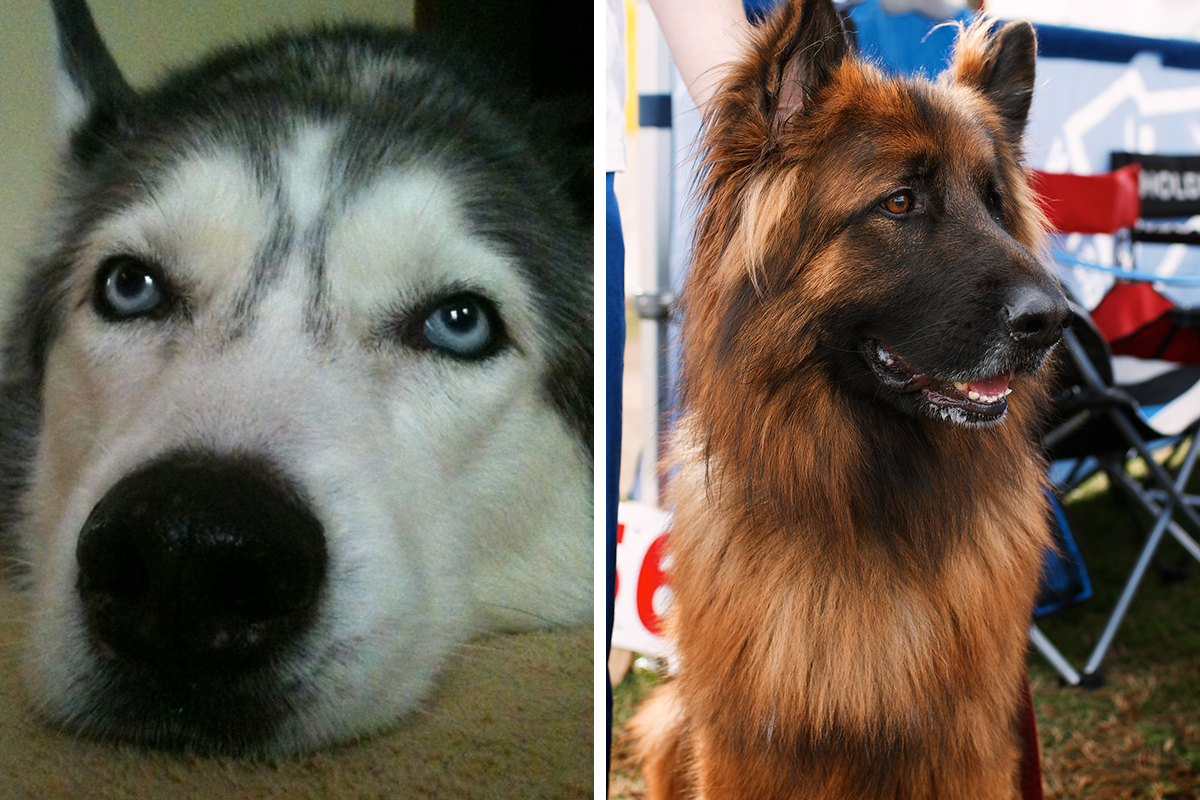

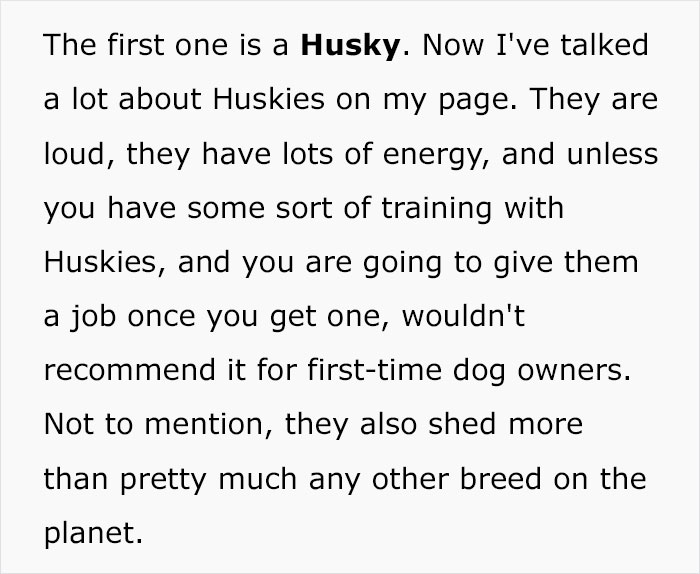

















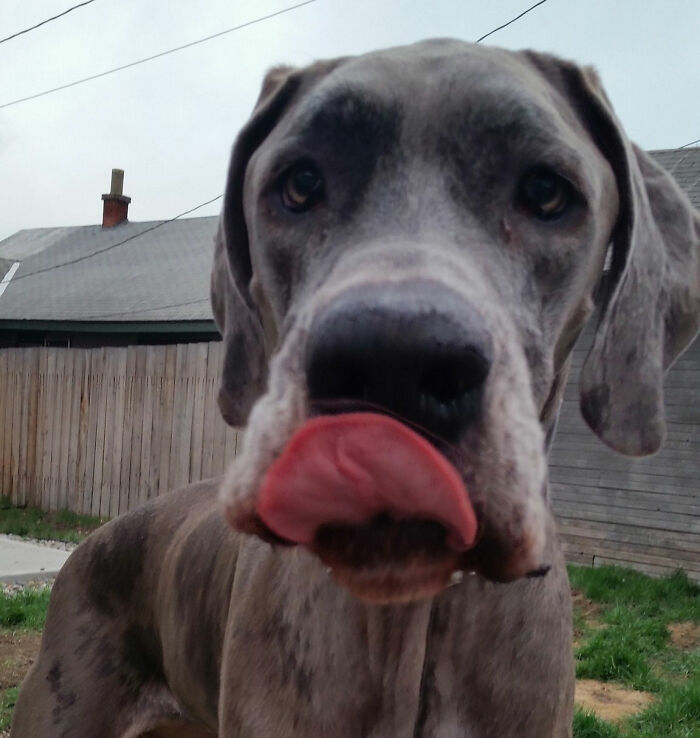




















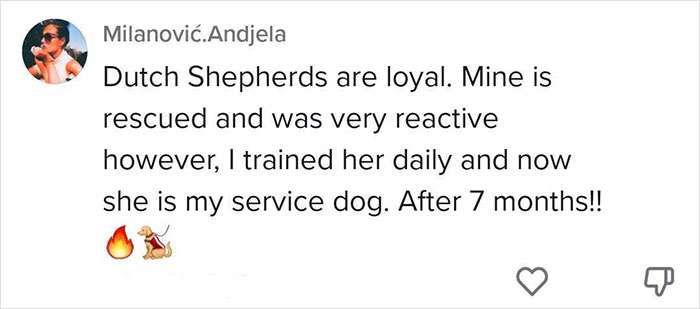



















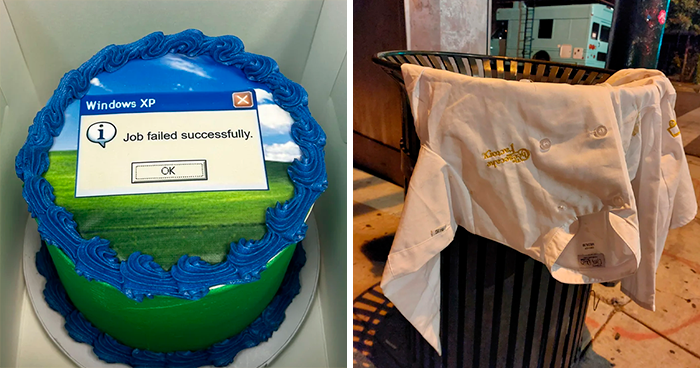






88
102